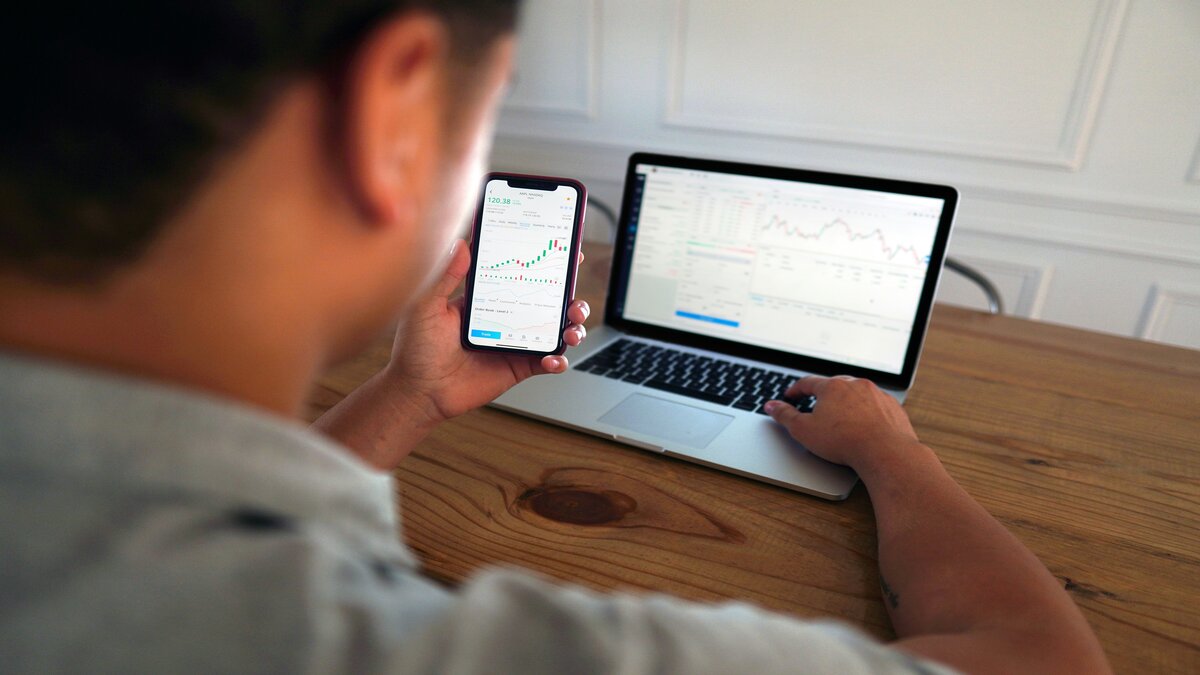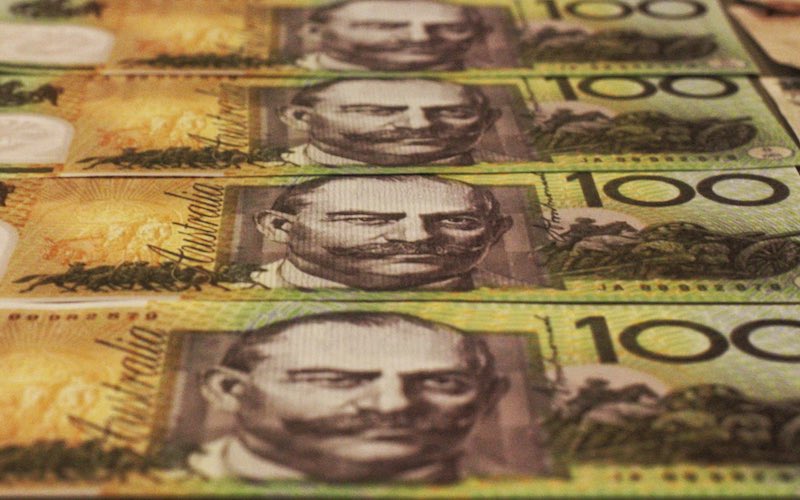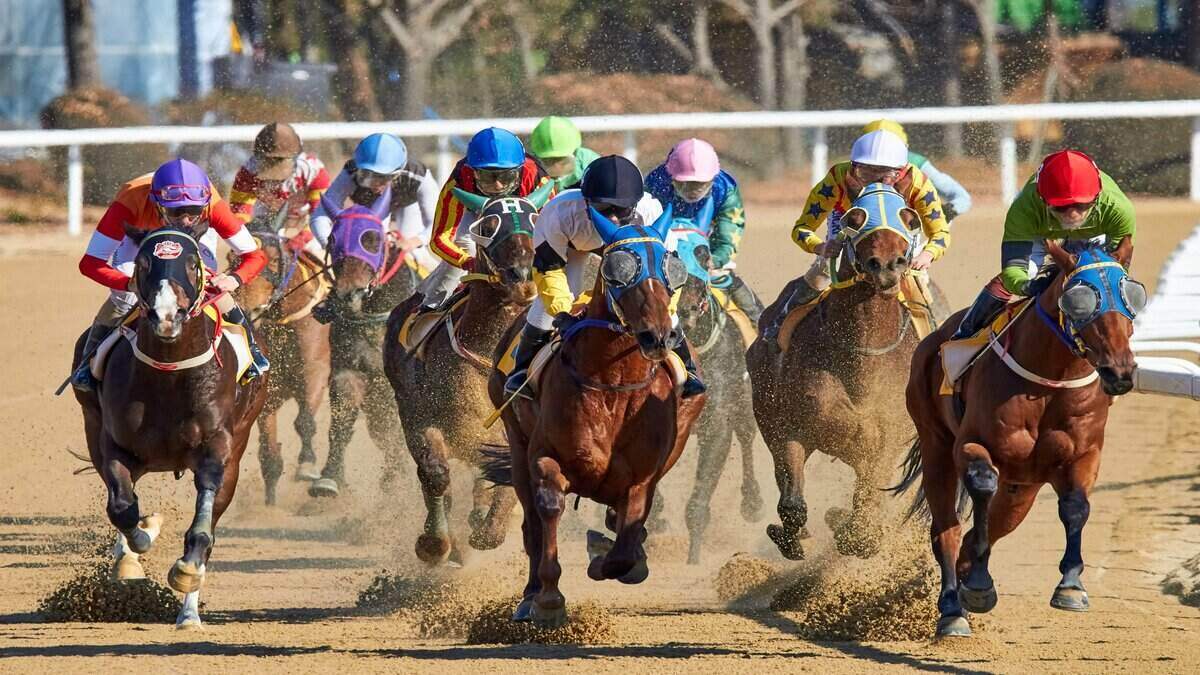The InfoChoice State of Aussies' Savings report found only 43.4% of Australians substantially cut back on spending over the past 12 months.
Of the people who have cut back on spending, many have cut corners on essentials like utilities (18.8%), insurance (22.7%), health and fitness (27%) and even groceries (50.1%).
That accounts for inflation, meaning for example, cutting back on grocery spending despite prices increasing.
Nearly one in six respondents, or roughly 3.4 million Aussie adults, admitted to having less than $1,000 in savings, while more than half (52.2%) had less than $20,000.
CPI inflation for Q2 will be released in Wednesday, and bad news could see the RBA hike once again at next week's monetary policy meeting.
On Friday the ABS' refreshed household spending indicator will also be released, revealing more insights as to where Aussies are having to cut back.
This research though is a reminder that the fight against inflation is not distributed evenly - many higher income and net worth Australians are likely unaffected by cash rate increases.
It's people who are struggling forced to cut back on spending, often dramatically, and therefore do the heavy lifting as far as bringing down prices goes.
Lower-middle income Aussies bearing the load
The InfoChoice report also broke down the amount of respondents in mortgage or rent stress.
Overall, 31.7% of Australians are now spending more than 30% of their income on rent or home loan repayments.
This was broadly consistent across tax brackets, with middle income earners the highest (34.6%), but mortgage/rent stress likely bites a lot more acutely for low/middle income earners.
For example, over 29% of Australians earning between $18,000 and $45,000 were spending more than 30% of their income on rent or home loan repayments.
That means someone earning $45,000 in this scenario, with an after tax income just under $40,000, has to spend less than $28,000 on living expenses for the year.
On the other hand, someone on $200,000 per year (about $139,000 after tax) who spends 30% on their mortgage has $97,200 to play with.
It seems reasonable to infer that there's a good chance low/middle income earners are disproportionately represented in that 44% who are having to make sacrifices.
| Income | Spending over 30% of income | Spending over 50% of income |
|---|---|---|
| All | 31.7% | 6.6% |
| $0-$18,200 | 22.1% | 7.7% |
| $18,001-$45,000 | 29.3% | 6.5% |
| $45,001-$135,000 | 34.6% | 6.8% |
| $135,001-$190,000 | 29.3% | 2.6% |
| $190,001+ | 31.6% | 10.5% |
Source: InfoChoice State of Aussies' Savings Survey, n=1092, July 2024.
Will there be another hike?
As of 26 July, market expectations were that there is a 22% chance the RBA hike to 4.60% next Tuesday.
The cash rate has not been that high since August 2011, but some modelling suggests that rates need to be at least this high, if not higher, to start bringing down inflation within the target timeframe.
Much will depend on the CPI read - CommBank economist Harry Ottley says if the numbers show prices increased by 1.1% or more through the quarter, it would "test the Board's resolve".
"[It would] shift the balance of probabilities to an interest rate increase," he said.



 Denise Raward
Denise Raward


 Harry O'Sullivan
Harry O'Sullivan


